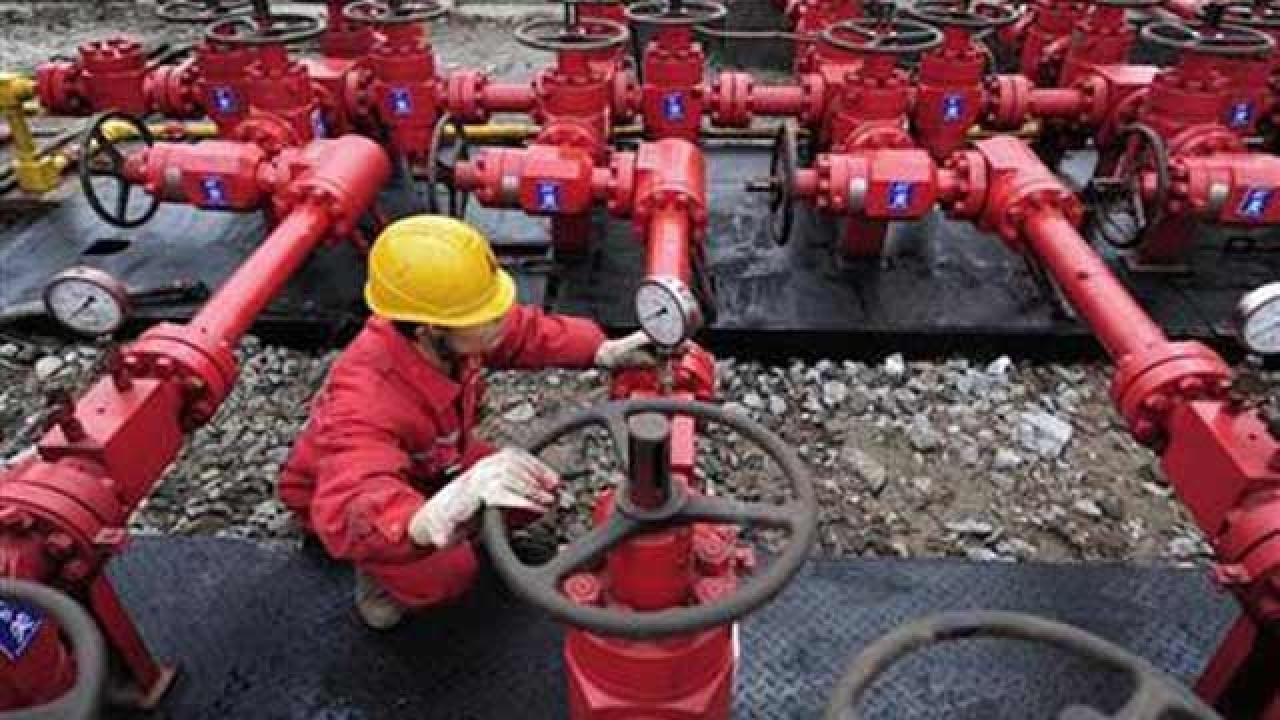
India’s submission of intended nationally determined contribution (INDC) commitment is targets to reduce the emissions intensity of its GDP by 33 to 35% by 2030 from 2005 level. Further, India also intends to achieve 40% cumulative electric power installed capacity from renewables along with increasing the share of natural gas in total energy consumption and enhance the usage of clean coal technologies with emphasis on energy efficiency.
The enhanced use of natural gas (a cleaner fossil fuel) is also mentioned in the National Action Plan on Climate Change (NAPCC) through fuel switching in City Gas Distribution, particularly in transport and industrial sector.
In 2014, natural gas constituted only 7% compared to 9% in 2005 in India’s energy basket. This is primarily due to fall in domestic gas production resulting in increased liquefied natural gas (LNG) imports, albeit with limited infrastructure in place.
The demand-supply gap of natural gas has increased from 77 million metric standard cubic metre day (mmscmd) in 2009-10 to 250 mmscmd in 2013-14. However, the current LNG glut, resulting from low international gas price and recent reform push by the government in oil and gas sector has given CGD a shot in the arm. Considering the limiting factors restricting the growth in demand, the share of CGD in the total natural gas demand is expected to increase from 6.3 percent in 2012-13 to 11.5 percent by 2029-30. With government’s aim to facilitate expansion of the cleaner fuel, it has allocated 100 percent domestic gas supply for CNG and PNG domestic usage, which could spur demand for domestic gas. For this purpose, government has unveiled a series of initiatives to attract investments. These reforms, while offering greater transparency and ease of doing business, could boost domestic oil and gas production. The Hydrocarbon Exploration Licensing Policy (HELP), a replacement of New Exploration Licensing Policy (NELP) is a step in this direction.
The new gas pricing mechanism has been introduced to attract investments and revive domestic oil and gas production in these areas. PNGRB, which inter-alia is mandated to regulate the distribution, marketing and sale of petroleum, petroleum products and natural gas has also drawn up a list of Geographical Areas in smart cities where CGD network will come up for bidding, besides its plan to roll out city gas in 46 districts during current fiscal.
Thus to make maximum impact of recent reforms and to tap the benefits of these reforms towards improving India’s CGD sector, a consolidated efforts across the oil and gas value chain in needed. This would serve India’s dual objective of securing INDC targets as well as providing a solid bridge to the renewable energy.
Kar, is the Head, Department of Management Studies, Rajiv Gandhi Institute of Petroleum Technology, Noida. Vaid is the Junior Fellow with the Observer Research Foundation having research interest in energy policy and geopolitics. Views expressed in this article are personal